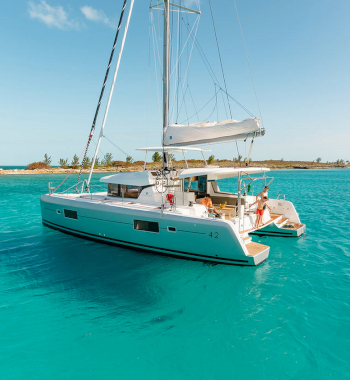Anthropologists Bring John Coakely Lettsom, Renowned 18th c. BVI Quaker, to Life
By Claudia Colli
In 2006 a team of archeologists from the University of California, Berkley came to the BVI to learn about one of these islands’ most famous historical figures, the BVI Quaker and noted 18th century physician, John Coakley Lettsom.
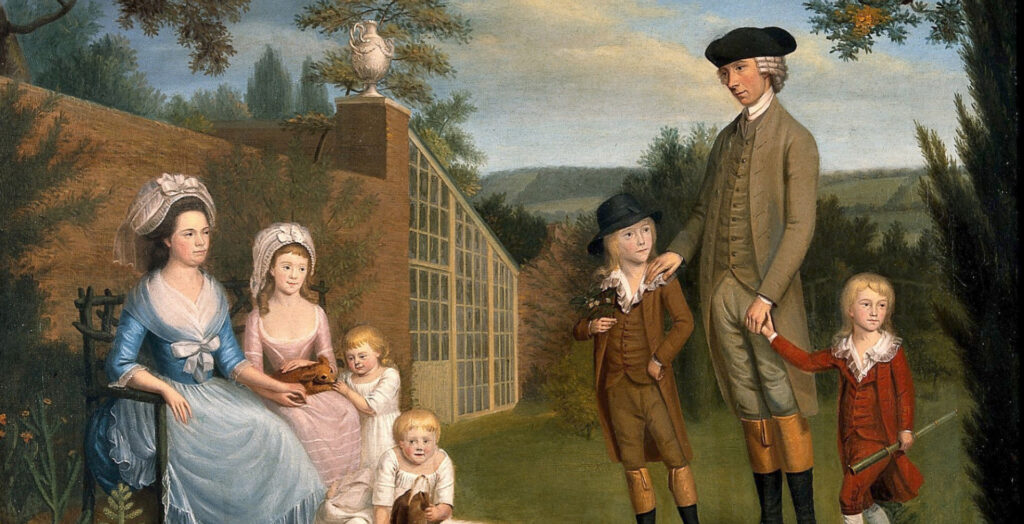
Born on a plantation on Little Jost Van Dyke in 1744, Lettsom was the founder of the London Medical Society, the first professional physician’s group of its kind, a champion of medical treatment for the poor, and a noted abolitionist.
He, and his brother were reputedly the only survivors of seven sets of twins born to his parents, Edward and Mary Lettsom. His father’s estates encompassed not only Little Jost Van Dyke, where he likely raised cotton, as well as neighboring Green and Sandy Cays, along with a sugar plantation at Cane Garden Bay on Tortola. But it was his property at Little Jost Van Dyke, wrote Lettsom in his autobiography, that was his father’s favorite.
Sent to a Quaker School in Penketh at the age of six, Lettsom, actually spent little time in the Virgin Islands, and for the most part, information on his life here is scant. In his autobiography he referred to his early years on Little Jost Van Dyke, but not in depth, and even though he wrote copious letters, these were largely to fellow physicians about medical issues and treatments.
I had the chance to learn more about this early Virgin Islander when I met with the team that came to the BVI to excavate the remains of the Lettsom family estate on Little Jost Van Dyke. It was a fascinating trek through the past that shed unexpected light on the BVI’s colonial history – from the plantation’s owners to the enslaved people who worked on the estate.
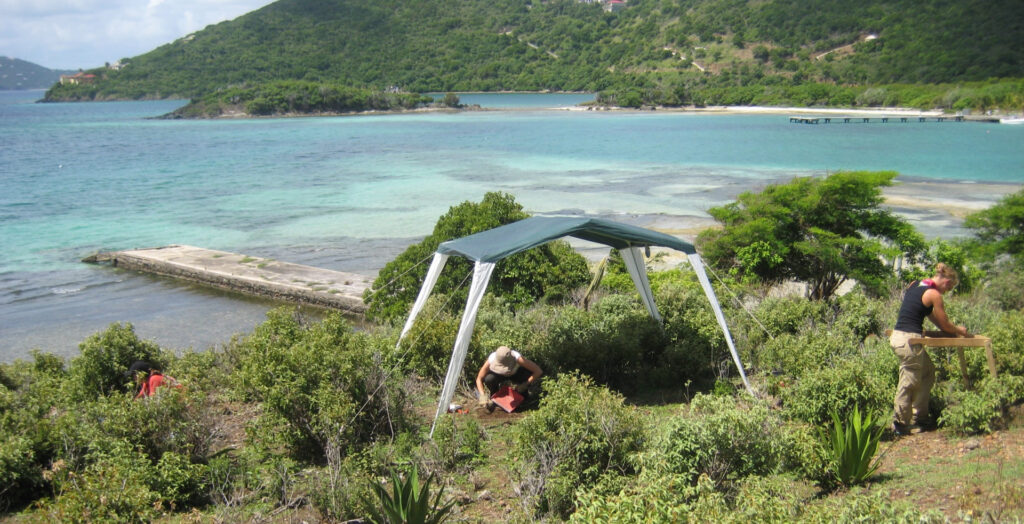
Leading the expedition was John Chenoweth. Today Chenoweth is Associate Professor of Anthropology at the University of Michigan, Dearborn, but at the time he was a doctoral candidate at Berkeley’s Department of Anthropology.
Chenoweth first became interested in BVI Quakerism while researching a Quaker site in Philadelphia for his Masters thesis. A footnote in one of his sources mentioned Quakers in the Caribbean, and John became curious about how their religion interplayed with their daily life. Further research turned up the story of John C. Lettsom. And that led him to the BVI and excavating the remains of the Lettsom plantation at Little Jost Van Dyke.
I had met John on Little Jost Van Dyke, where he gave me a tour of Lettsom’s former plantation. “These are the foundations of the plantation house,” John said pointing towards a stone staircase leading up to low walls constructed of ballast brick, stone and limestone mortar. The walls had once formed the foundations of the 18th century Lettsom family home.
Located on a windswept ridge on Little Jost Van Dyke, the plantation house would have had a commanding view to the south of the Channel and the north shore of Tortola; just a short distance away to the west lay neighboring Jost Van Dyke. Below the house, tucked into the western edge of the site, a group of graduate students were excavating what had been the plantation’s slave quarters. This area particularly interested John who was trying to get a “holistic picture” of life on the Lettsom estate.
“I am looking at how people lived here from a more three-dimensional viewpoint,” explained John. “How they cooked their food, made money, their day-to-day existence. According to the archeologist, slave society was more complex than previously believed. They had their own, trade, social life and religions.
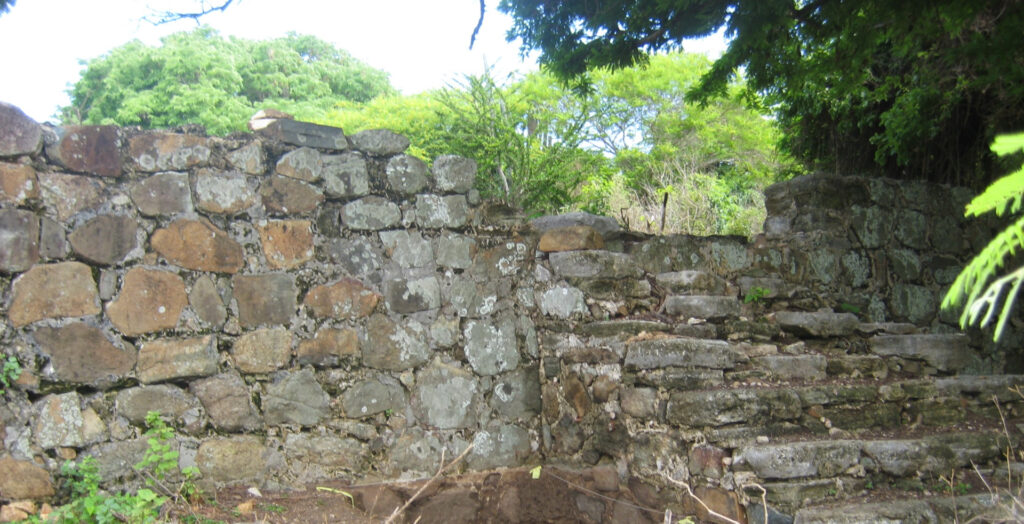
“Yes, slaves were oppressed but often we don’t see past the stereotypes and understand the whole story. Historical texts don’t give us a complete picture of an era. Archeology can broaden the picture,” he asserted.
Carefully picking his way through the steep and rocky site, John retrieved a chunk of wattle and mortar from the ground. Wattle and mortar was typical of the building material used for slave dwellings and the find confirmed that they were likely housed in this area. Ceramic shards, some rough as one would expect to be used by slaves, as well as some finer pieces, were also found at the site.
Slave presence has also been found close to the Great House at the top of the hill. Behind the main dwelling was evidence of other structures including a cistern and a stone oven. By the oven, John and his team discovered the largest concentration of artifacts. Many of these items were pipe stems, which he believed were left behind by house servants tending the oven.
The great house had been a large one-story structure with sturdy stone foundations. A stone staircase led up to what would have been the home’s main entrance on the south side, and there is evidence that a verandah or gallery wrapped around its perimeter, a common feature in tropical homes. Behind the house is an ingenious cistern for storing rain water, formed from a hollow boulder which had its sides built up with mortar.
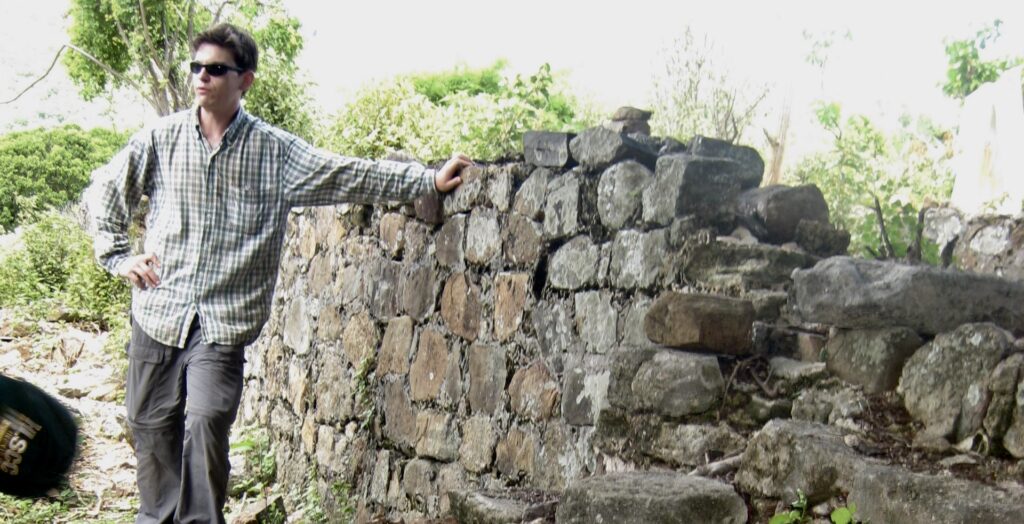
The house is depicted in a picture drawn by John Lettsom’s friend, William Thornton, a fellow physician, Quaker and an architect who went on to design the US Capitol in Washington, DC. In a letter to Lettsom, Thornton said:
“The place where thy parents lie is under the two tamarind trees, which stand in the middle of the picture, a little to the left of the old mansion house. The view is taken from Gros Van Dikes and represents the scene after a shower of rain.”
John walked to the western side of the plantation house where several large tamarind trees offered an umbrella of shade. Beneath are a number of low piles of stone; it is the Lettsom family burial ground which contain the graves of Edward and Mary Lettsom. According to John, grave markers in the Caribbean, especially for the poor, were often piles of stone. Carved headstones would have been expensive and difficult to transport to such an isolated location.
After leaving the Virgin Islands, John Coakely Lettsom only returned to the Virgin Islands once in 1767 when he was 23. He made the voyage following his father’s death in order to settle his father’s estates on Little Jost Van Dyke and Tortola. Except for the slaves, little remained of his inheritance and displaying his idealistic Quaker principals, he promptly set his slaves (believed to have been around 50) free.
Although Lettsom only remained in the Virgin Islands for six months, he set up a medical practice, treating both plantation owners and their slaves for a variety of ailments; within six months he had earned 2,000 pounds, half of which he gave to his mother who had remarried, and the remainder he used to return to England and finance his medical education. As brief as his stay was his later life and values would be influenced by his Quaker values and his time in the Virgin Islands.
Life in the 18th century Virgin Islands must have been difficult for Lettsom’s parents, and finding out more about their lives and the others who lived on their plantation had been one of John’s Chenoweth’s primary aims.
“If anything, the project is about his parents and also the enslaved people who lived on the plantation and their religions,” John told me at the time. Quakers emigrated from England to the America in the early 18th century and missionaries first came to the Virgin Islands in 1727. John’s father, Edward, may have settled in the islands around this time.
Quakers during this period were among the islands most successful planters, but just a short while later, the Quaker influence in the Virgin Islands began to wane. Charles Jenkins who wrote about the Virgin Islands’ Quakers in his 1913 book, Tortola, noted that the decline of Quakerism may have been caused by an “over love of money, which is the root of all evil . . .”
In addition, Jenkins said, their ownership of slaves had been, “a hindrance of divine progress.” By the end of the century, most BVI Quakers had returned to England.
Among John’s goals on Little Jost Van Dyke were “to tell the story of this place and all those who have lived and worked there, were born and died there. . . . to understand them as parts of larger communities, and as members of groups, but also as unique individuals who are the product of all of these influences and others.”
Little Jost Van Dyke, which is owned by the Vanterpool family, had been an ideal spot for research, John had declared, adding that it had remained relatively untouched over the centuries. The Vanterpools have been most helpful, John said, as had the BVI Department of Culture and the British Virgin Islands Heritage Conservation Group, who lent support as well.
In all John discovered over 1,000 artifacts on the site. Piece by piece a little-known chapter of BVI history had been unearthed and its story slowly emerged – a tale of John Coakely Lettsom, but also of a religion, a family and life in these islands over two hundred years ago.
For more on BVI history go to:






